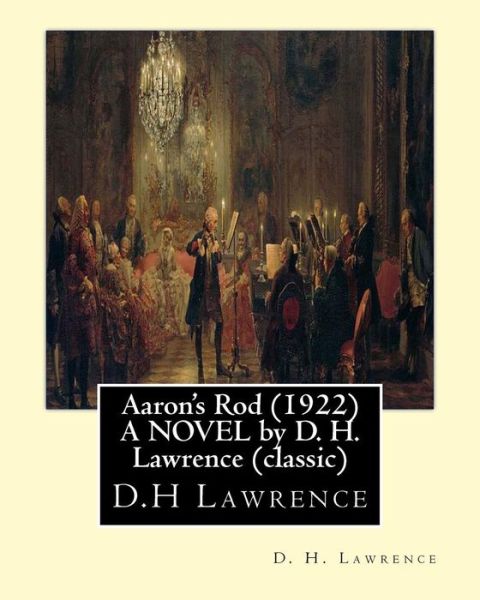
Tell your friends about this item:
Aaron's Rod (1922) A NOVEL by D. H. Lawrence (Standard Classics)
D H Lawrence
Aaron's Rod (1922) A NOVEL by D. H. Lawrence (Standard Classics)
D H Lawrence
Aaron's Rod is a novel by D. H. Lawrence, started in 1917 and published in 1922. The protagonist of this picaresque novel, Aaron Sisson, is a union official in the coal mines of the English Midlands, trapped in a stale marriage. He is also an amateur, but talented, flautist. At the start of the story he walks out on his wife and two children and decides on impulse to visit Italy. His dream is to become recognised as a professional musician. During his travels he encounters and befriends Rawdon Lilly, a Lawrence-like writer who nurses Aaron back to health when he is taken ill in post-war London. Having recovered his health, Aaron arrives in Florence. Here he moves in intellectual and artistic circles, argues about politics, leadership and submission, and has an affair with an aristocratic lady. The novel ends with an anarchist or fascist explosion that destroys Aaron's instrument. Many incidents in the novel have direct parallels with events in Lawrence's own life. David Herbert Richards Lawrence (11 September 1885 - 2 March 1930) was an English novelist, poet, playwright, essayist, literary critic and painter who published as D. H. Lawrence. His collected works, among other things, represent an extended reflection upon the dehumanising effects of modernity and industrialisation. In them, some of the issues Lawrence explores are emotional health, vitality, spontaneity and instinct. Lawrence's opinions earned him many enemies and he endured official persecution, censorship, and misrepresentation of his creative work throughout the second half of his life, much of which he spent in a voluntary exile which he called his "savage pilgrimage". At the time of his death, his public reputation was that of a pornographer who had wasted his considerable talents. E. M. Forster, in an obituary notice, challenged this widely held view, describing him as, "The greatest imaginative novelist of our generation."Later, the influential Cambridge critic F. R. Leavis championed both his artistic integrity and his moral seriousness, placing much of Lawrence's fiction within the canonical "great tradition" of the English novel. The fourth child of Arthur John Lawrence, a barely literate miner at Brinsley Colliery, and Lydia (née Beardsall), a former pupil teacher who, owing to her family's financial difficulties, had to do manual work in a lace factory, Lawrence spent his formative years in the coal mining town of Eastwood, Nottinghamshire. The house in which he was born, in Eastwood, 8a Victoria Street, is now the D. H. Lawrence Birthplace Museum. His working-class background and the tensions between his parents provided the raw material for a number of his early works. Lawrence would return to this locality and often wrote about nearby Underwood, calling it; "the country of my heart," as a setting for much of his fiction. Despite common misconception he is not related to T. E. Lawrence. Lawrence continued to write despite his failing health. In his last months he wrote numerous poems, reviews and essays, as well as a robust defence of his last novel against those who sought to suppress it. His last significant work was a reflection on the Book of Revelation, Apocalypse. After being discharged from a sanatorium, he died 2 March 1930 at the Villa Robermond in Vence, France, from complications of tuberculosis. Frieda Weekley commissioned an elaborate headstone for his grave bearing a mosaic of his adopted emblem of the phoenix.[14] After Lawrence's death, Frieda lived with Angelo Ravagli on the ranch in Taos and eventually married him in 1950. In 1935 Ravagli arranged, on Frieda's behalf, to have Lawrence's body exhumed and cremated and his ashes brought back to the ranch to be interred there in a small chapel amid the mountains of New Mexico.
| Media | Books Paperback Book (Book with soft cover and glued back) |
| Released | May 27, 2016 |
| ISBN13 | 9781533463067 |
| Publishers | Createspace Independent Publishing Platf |
| Pages | 196 |
| Dimensions | 203 × 254 × 11 mm · 399 g |
| Language | English |
More by D H Lawrence
Others have also bought
See all of D H Lawrence ( e.g. Paperback Book , Hardcover Book , CD , MP3-CD and MERCH )





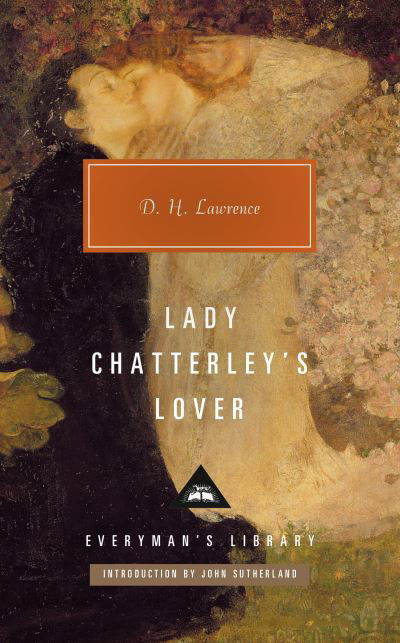

![Cover for D H Lawrence · Lady Chatterley's Lover (Paperback Book) [The Unexpurgated edition] (2024)](https://imusic.b-cdn.net/images/item/original/083/9798880907083.jpg?d-h-lawrence-2024-lady-chatterley-s-lover-paperback-book&class=scaled&v=1721198063)









![Cover for D H Lawrence · Studies in Classic American Literature (Paperback Book) [Warbler Classics Annotated edition] (2023)](https://imusic.b-cdn.net/images/item/original/857/9781959891857.jpg?d-h-lawrence-2023-studies-in-classic-american-literature-paperback-book&class=scaled&v=1698756170)


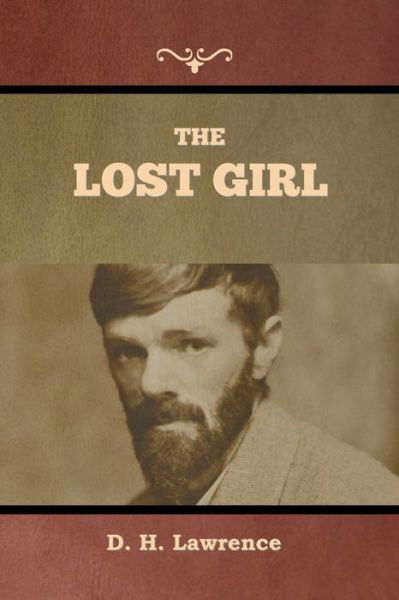
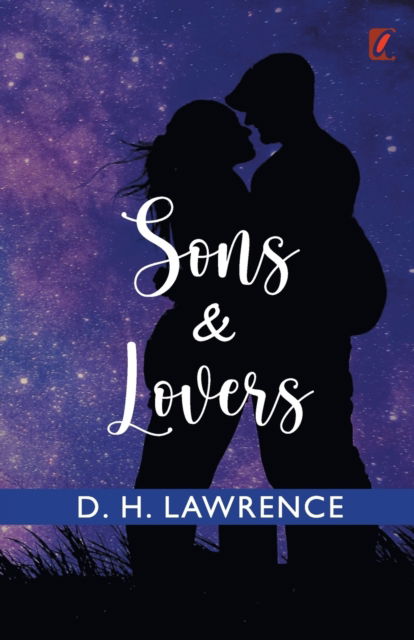

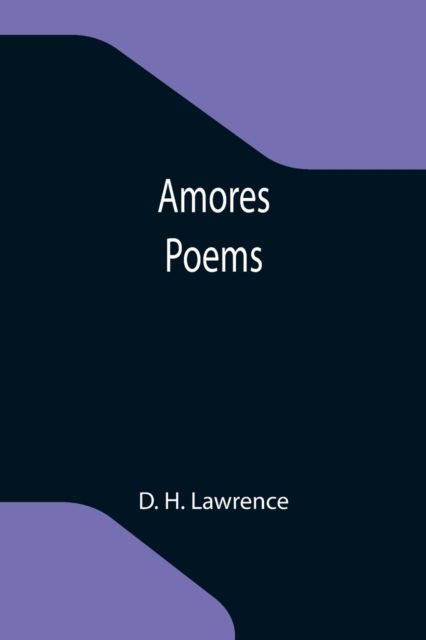
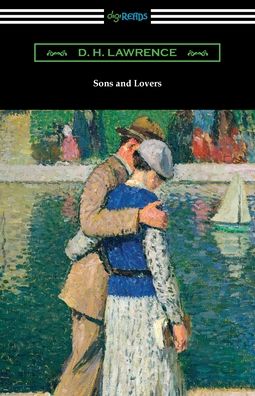

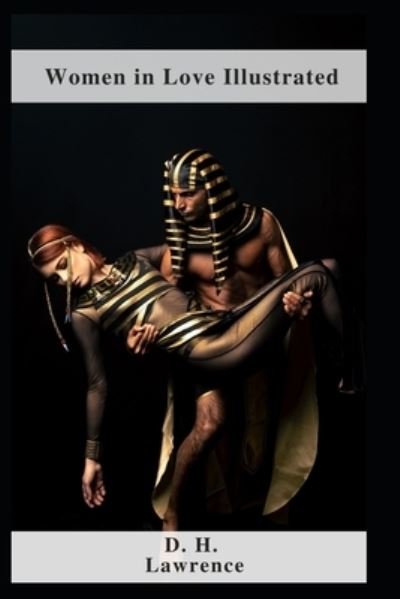

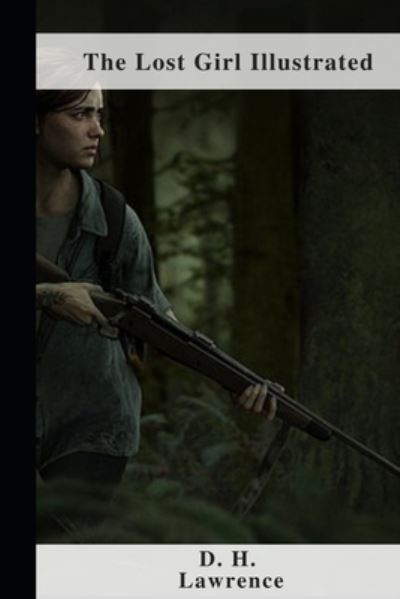

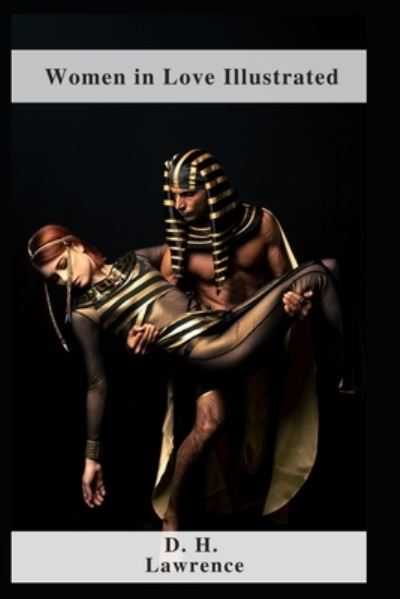
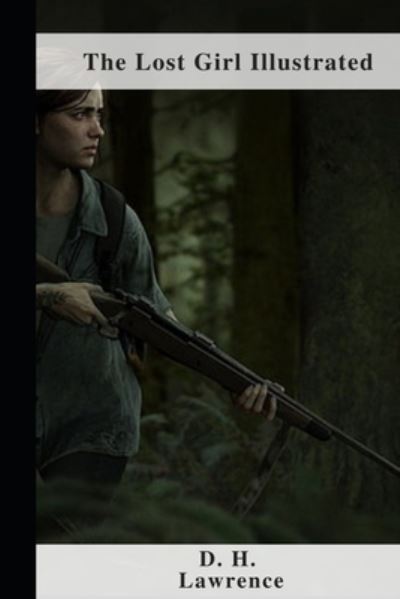
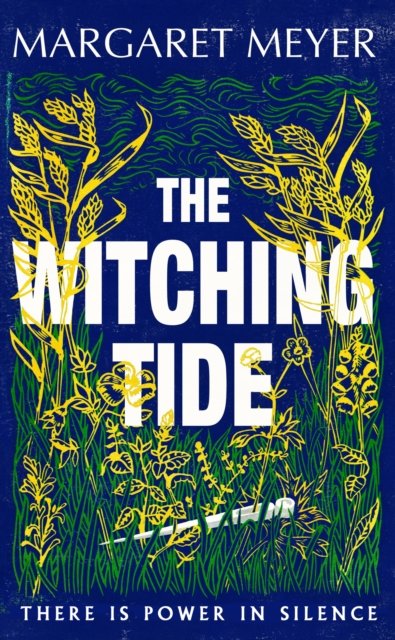
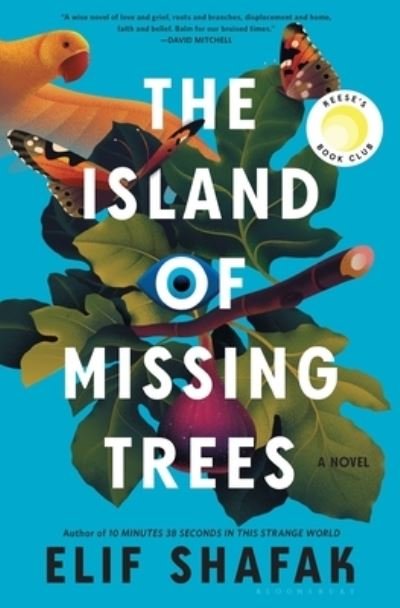

![Cover for Naomi Novik · Uprooted (Paperback Book) [Main Market Ed. edition] (2016)](https://imusic.b-cdn.net/images/item/original/146/9781447294146.jpg?naomi-novik-2016-uprooted-paperback-book&class=scaled&v=1462874677)
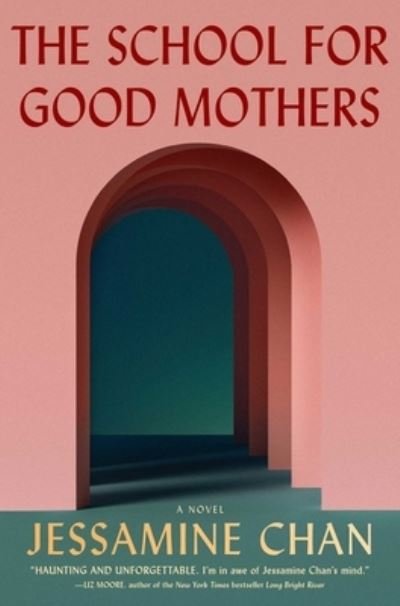
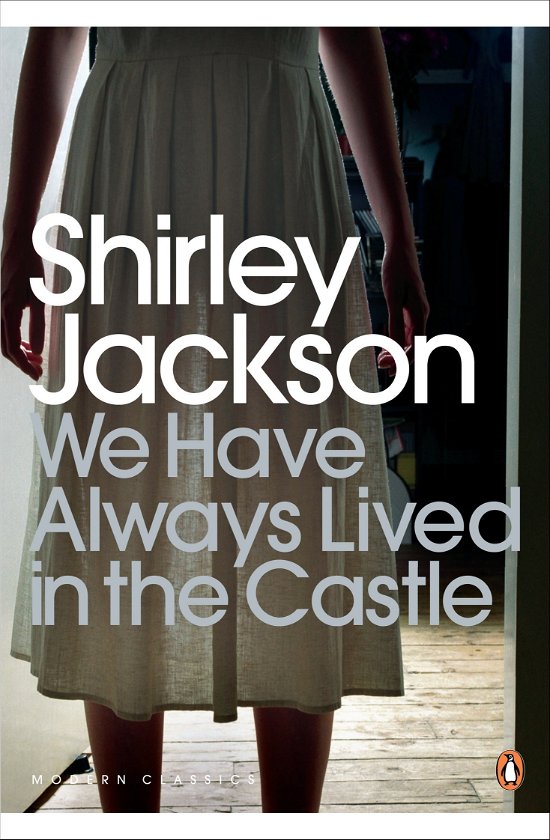
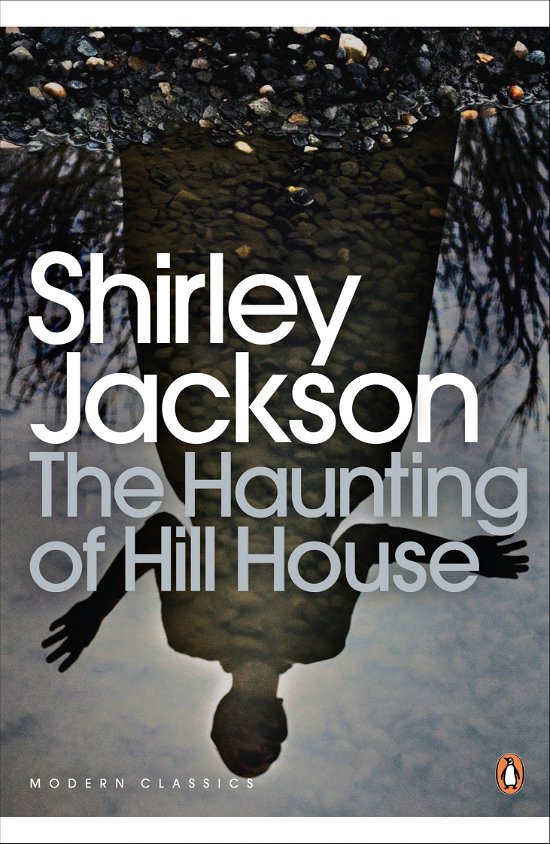

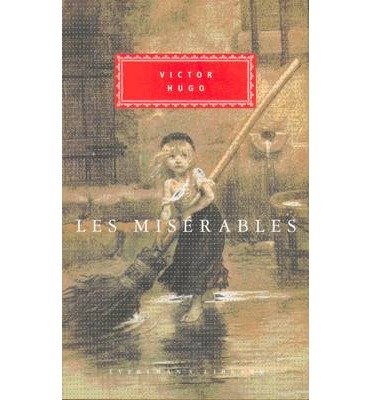
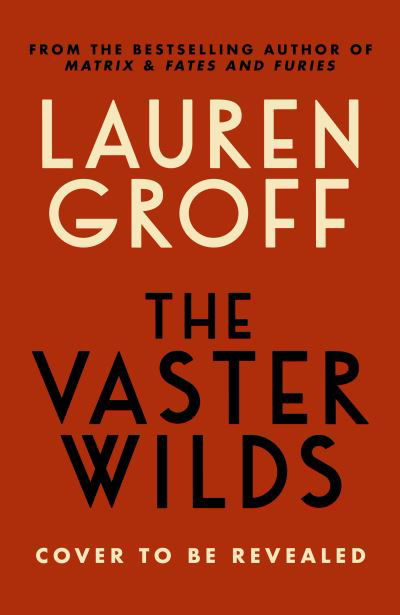

![Cover for J. K. Rowling · Harry Potter 1-7 - 25 års jubilæumsudgaver i bokssæt (Bound Book) [1st edition] (2023)](https://imusic.b-cdn.net/images/item/original/292/9788702390292.jpg?j-k-rowling-2023-harry-potter-1-7-25-aars-jubilaeumsudgaver-i-bokssaet-bound-book&class=scaled&v=1691257176)